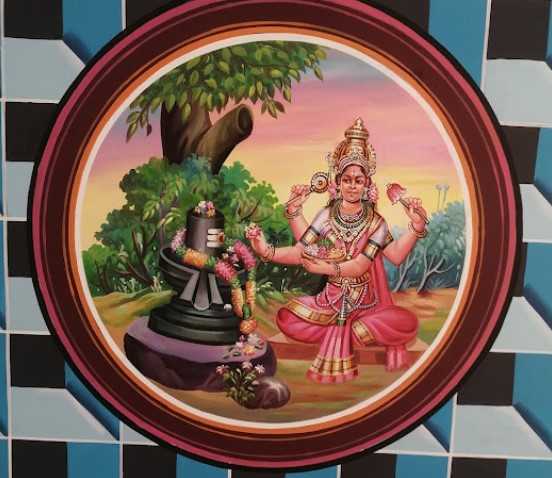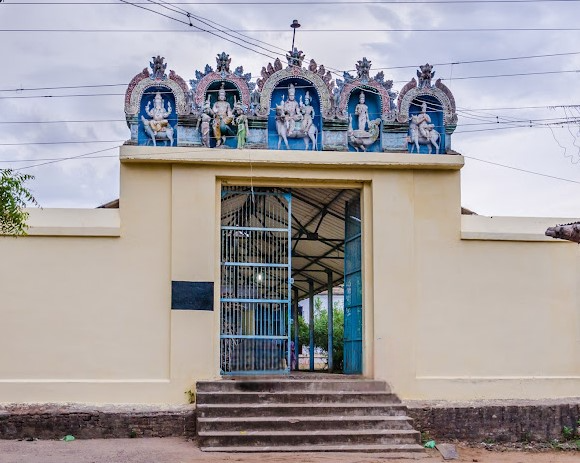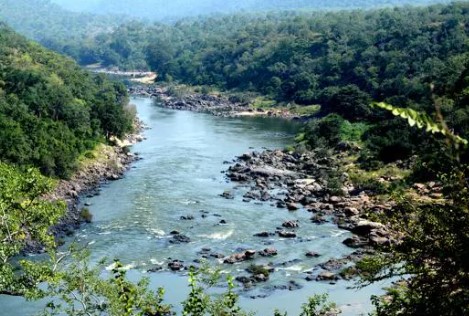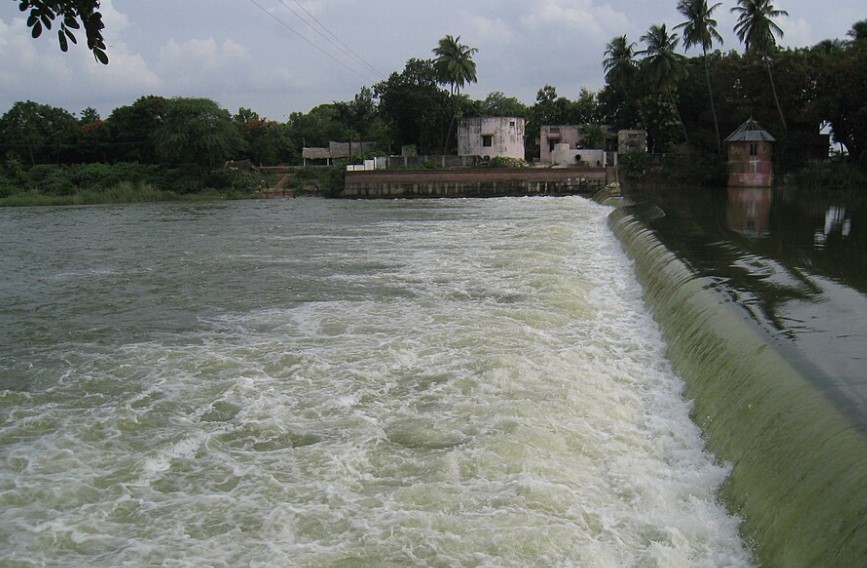- This is one of the 276 Devara Paadal Petra Shiva Sthalams and 7th Shiva Sthalam on the northern bank of the river Cauvery in Chozha Nadu (Vadakarai).
- This temple is one of the 276 Paadal Petra Sthalams, sacred Shiva temples celebrated in the early mediaeval Thevaram poems by the Tamil Saivite saint Thirugnana Sambandar.
- It holds the distinction of being the 61st Paadal Petra Shiva Sthalam and the 7th temple on the northern bank of the River Cauvery in Chozha Nadu.
- Lord Shiva in this temple is a Swayambhu Murti (self-manifested) and the lingam is quite tall.
- This east facing temple has no main tower (Rajagopuram) but it has an arch at the entrance.
- The last Consecration ceremony (Maha Kumbabishekam) of this temple took place on 07.09.1989.
- This ancient temple, believed to have been built about 1,300 years ago by the Chola King Killivalavan, is situated near the coast of the Bay of Bengal, with the shoreline just half a kilometre away.
- There are two locations named "Thirumullaivayil" in TamilNadu: one near Sirkazhi, known as "Then Thirumullaivasal," and the other near Chennai, called "Vada Thirumullaivoyal."
- Both locations are home to ancient temples.
- The name "Thirumullaivoyal" or "Thirumullaivasal" is derived from the belief that Lord Shiva emerged from a Jasmine bush in these regions.
- In Tamil, "Thiru" is a respectful prefix, "Mullai" means Jasmine, and "Vassal" translates to place.
CONSTRUCTION:
The temple is believed to have been built by Sangam era Chola King Killivalavan. The Temple was completely reconstructed during the reign of Later Cholas and extensively renovated during the reign of Vijayanagara Kings and Marathas. The recent consecration ceremony of this temple took place on 07 September 1989. This temple is under the control and administration of the Dharmapuram Adheenam. This place is now called as Then Thirumullaivasal (South Thirumullaivasal), since there is also another Paadal Petra Shiva Sthalam near Chennai with same name and to differentiate, this temple is called as Then Thirumullaivasal and temple near Chennai is called as Vada Thirumullaivasal (North Thirumullaivasal).
PURANIC SIGNIFICANCE:
Mullaivananathar:
- As per legend, Chola King Killivalavan of Sangam era was afflicted with a skin disease.
- The royal physicians advised him to take a bath in the sea near this place.
- As advised, he came to this place for a holy bath in the sea.
- The place was dense with Mullai (Jasmine creepers) which bound the legs of the horses and made their movement difficult.
- The king started cutting the plants with his sword to make way for his horses.
- The sword hit an object under the bushes and blood started oozing out from that place.
- The king was shocked and ordered his soldiers to clear the bushes carefully to find the source of the blood.
- He found the damaged Linga, the source of the blood.
- The king felt bad and attempted to take his life for the mistake.
- Lord Shiva & Mother Parvathy appeared before him and stopped him from committing suicide.
- The King built a temple where the Linga was found and named the Lord as Mullaivananathar (Lord of Jasmine forest).
- The sword cut scar on the head of the Linga is still visible.
- Thus, the place came to be called Thirumullaivayil.
No Palliyarai in this Temple:

- It was believed that Ma Parvati, wants to learn the meaning of panchatcharam mantra “namah shivaya – Na-ma-Shi-Va-Ya”. She came to this temple and worshipped Lord Shiva.
- Pleased by her devotion Lord Shiva taught the meaning of panchatchra mantra “namasivaya”.
- As per legend, Goddess Parvathy desired to learn the meaning of Panchakshra Mantra (Namashivaya) from Lord Shiva. She came here and worshipped Lord Shiva.
- Pleased with her worship, Lord Shiva imparted the knowledge of the mantra to Goddess Parvathy.
- As Lord Shiva imparted knowledge to Parvathy, he is considered as teacher (Guru) here and goddess as his student.
- Hence, there is no Palliyarai (bed chamber) and Poojas associated with it.
People worshipped Lord Shiva here:
It is believed that Indra, Chandra, Yudhishthira, Brihaspati, Killivalavan, Susavi, Markandeya and Karkodaga have worshipped Lord Shiva here.
ADMINISTRATION:
Currently, this temple is under the administration of the Dharmapuram Adheenam.



